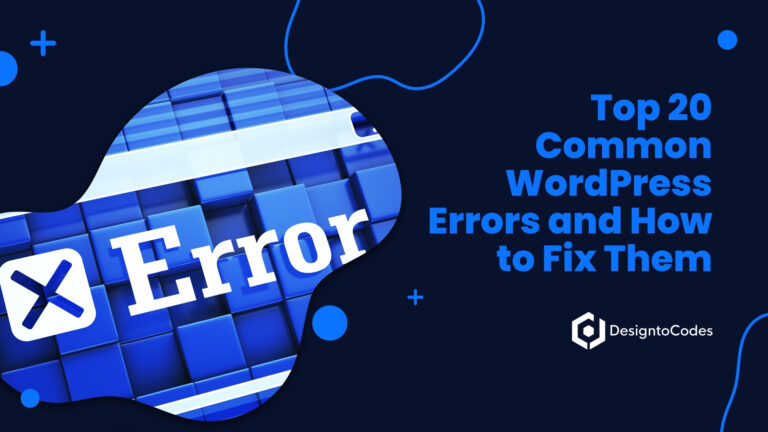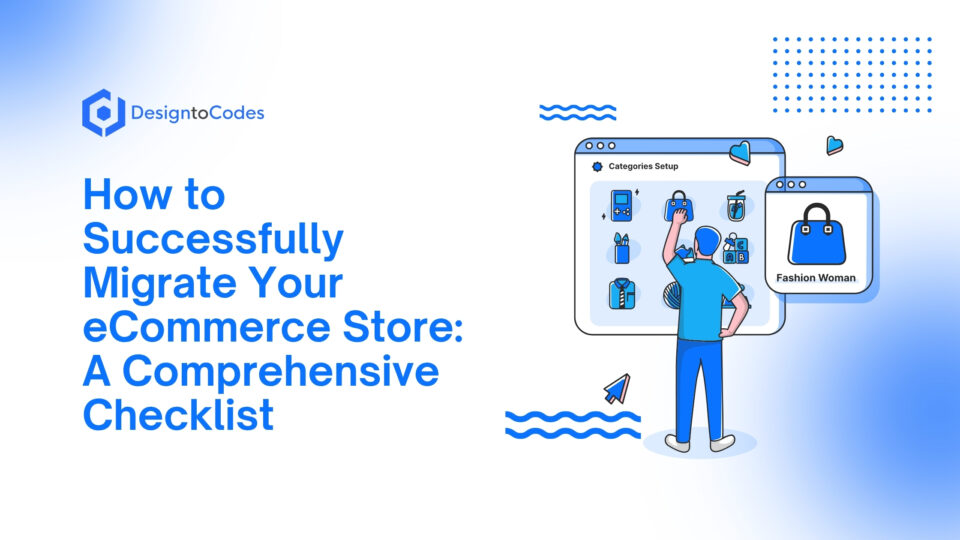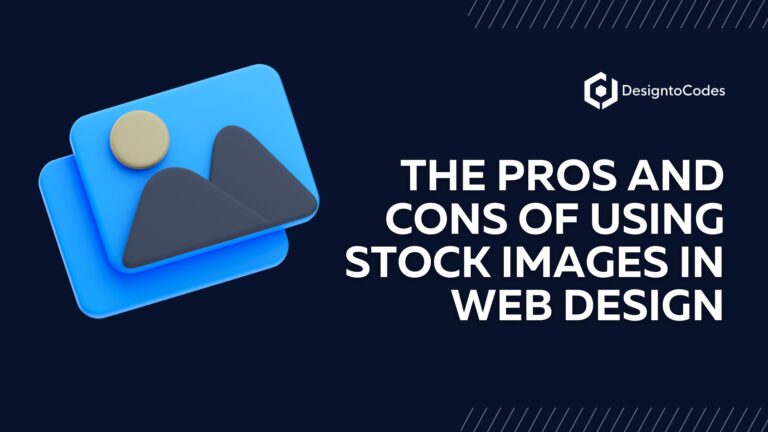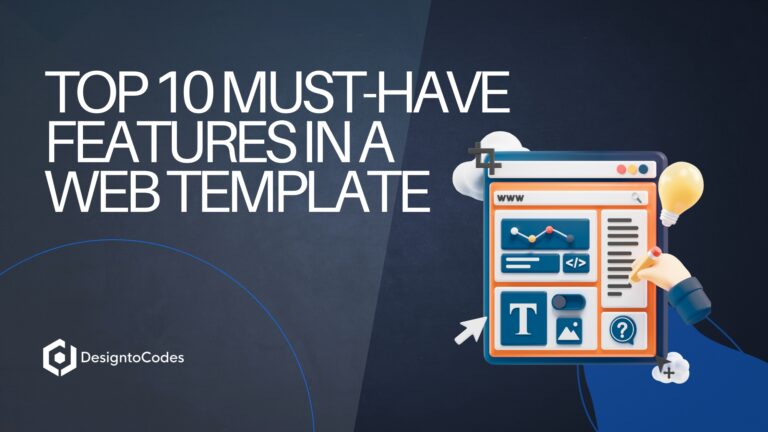
How to Successfully Migrate Your eCommerce Store: A Comprehensive Checklist

If you are searching for a solution on how to Migrate Your e-commerce Store Successfully? Migrating your eCommerce store is a pivotal step toward enhancing your online business, whether you’re seeking better scalability, advanced features, improved performance, or enhanced security. However, without careful planning, migration can lead to downtime, data loss, a drop in SEO rankings, or frustrated customers. This comprehensive checklist, tailored for eCommerce store owners, developers, and marketers, guides you through every phase of the migration process to ensure a seamless transition. By following these steps, you can minimize risks and set your store up for long-term success.
Introduction
eCommerce migration involves transferring your online store from one platform or hosting environment to another. This could include switching from a legacy system to a modern platform, such as Shopify, Magento, or WooCommerce, or updating your hosting provider to enhance performance. According to industry insights, global eCommerce sales are projected to reach $6.876 billion in 2025, with an average conversion rate of 3.42%. To stay competitive, businesses must adapt to changing consumer preferences and market trends, often requiring a platform upgrade.
Common reasons for migration include:
-
Scalability: Supporting a growing customer base or product catalog.
-
Features: Accessing advanced tools for marketing, analytics, or customization.
-
Performance: Improving site speed, as 53% of users abandon sites that take over two seconds to load.
-
Cost: Reducing operational expenses with a more cost-effective platform.
-
Security: Enhancing data protection with GDPR, CCPA, and PCI-DSS compliance.
However, migration comes with risks, such as operational disruptions, data loss, or SEO setbacks. This checklist outlines a structured approach to mitigate these challenges, covering planning, preparation, execution, post-migration monitoring, SEO considerations, and customer communication.
1. Planning Phase
The planning phase lays the foundation for a successful migration. It involves assessing your current setup, defining goals, and selecting the right platform.
Key Steps:
-
Assess Goals and Objectives
Define what you aim to achieve. Are you looking for faster load times, improved SEO tools, or lower costs? Establish Key Performance Indicators (KPIs) to measure success, such as:-
Website loading speed
-
Sales volume
-
SEO performance (traffic, rankings)
-
Customer satisfaction metrics
Clear goals keep your migration focused and measurable.
-
-
Research Intended Migration Platform
Evaluate platforms based on your business needs. Options include:-
SaaS (Software as a Service): Platforms like Shopify or BigCommerce offer ease of use and managed hosting.
-
On-premise: Self-hosted solutions, such as Magento or WooCommerce, provide greater control but require technical expertise.
-
Cloud-based: Scalable platforms like Salesforce Commerce Cloud.
-
Headless: Advanced customization for tech-savvy businesses using APIs.
Prioritize features such as scalability, ease of use, customization, performance, security (including GDPR, PCI-DSS, SSL, and 2FA), SEO tools, omnichannel support, analytics, and globalization (support for multiple currencies and languages).
-
-
Define a Reasonable Timeline
Migration timelines vary depending on the complexity of the store and the volume of data. Break the process into phases:-
Planning and preparation
-
Data migration
-
Setup and testing
-
Launch and monitoring
Include buffer time for unexpected delays, especially during peak sales seasons.
-
-
Ensure Data Security and Compliance
Protect customer data by ensuring the new platform complies with regulations like GDPR, CCPA, and PCI-DSS. Implement data encryption, secure payment gateways, and regular security audits to safeguard sensitive information. -
Notify Customers
Inform customers about the migration via email, social media, or on-site notifications. Share the timeline and any expected downtime to maintain trust and transparency. -
Choose a Suitable Migration Method
Decide between manual migration (more control, time-consuming) or automated tools (faster, potentially costly). Automated solutions can streamline data transfer but require careful validation.
2. Preparation Phase
Preparation ensures your data is secure and ready for migration. This phase focuses on backups, data cleanup, and testing.
Key Steps:
-
Backup Database
Create a complete backup of your current database, including products, customers, orders, categories, and reviews. Store backups securely in multiple locations to prevent data loss. -
Remove Duplicate Data
Clean your database by eliminating duplicate entries, outdated products, or redundant customer records to ensure a smooth migration. -
Identify and Export Migration Entities
Determine what data to migrate, such as:-
Products (descriptions, images, prices)
-
Customers (contact details, purchase history)
-
Orders (past and pending)
-
Categories and reviews
Export data into formats like CSV, JSON, or XML for compatibility with the new platform.
-
-
Map Field Structures
Create a mapping document to align data fields between the old and new platforms (e.g., matching “product_name” to “title”). This ensures data transfers accurately. -
Validate Data
Check exported data for errors, missing values, or incorrect formats to prevent issues during migration. -
Conduct Test Migration
Perform a test migration using a small data subset to identify potential problems, such as compatibility issues or data mismatches, before proceeding with the full migration.
3. Execution Phase
The execution phase is where the migration happens. Careful implementation minimizes disruptions.
Key Steps:
-
Execute Migration
Choose a migration strategy:-
Big Bang: Migrate all data at once (quick but risky).
-
Phased: Migrate in stages, e.g., products first, then customers (safer but slower).
-
Parallel: Run both sites simultaneously during transition (complex but minimizes downtime).
Select the method based on your store’s size and risk tolerance.
-
-
Modify Domain and DNS Settings
Update DNS settings to point to the new hosting environment. This may involve changing nameservers or A records. Utilize reliable DNS providers to minimize disruptions. -
Add Relevant Store Information
Set up store details on the new platform, including the business name, contact information, and policies (e.g., return and shipping policies). -
Create Custom Designs
Recreate or enhance your store’s design using templates or hire a professional designer. Ensure consistency with your brand for a seamless customer experience. -
Install Necessary Extensions
Add plugins for payment gateways, shipping calculators, marketing tools, or analytics to replicate or improve existing functionalities. -
Add Delivery Options
Configure shipping methods, rates, and delivery zones to match or enhance your current setup. -
Change Payment Settings
Integrate secure payment gateways (e.g., PayPal, Stripe) and ensure PCI-DSS compliance. -
Integrate Sales Channels
Connect your store to other sales platforms, such as marketplaces or social media, to maintain an omnichannel presence. -
Place Test Orders
Test the entire purchase process, from adding items to the cart to completing payment, to verify functionality.
4. Post-Migration Phase
Post-migration monitoring ensures your new store operates smoothly and addresses any issues promptly.
Key Steps:
-
Run Site Crawl
Use tools to crawl your new site and check for:-
Broken links
-
Missing pages
-
Incorrect redirects
-
Duplicate content
-
SEO issues (meta tags, headings, image alt text)
-
-
Google Analytics/Search Console Checks
Verify tracking codes are active, update goals, and annotate the launch date in Google Analytics and Search Console. -
Site Speed Check
Use tools like Google PageSpeed Insights to optimize loading times. Address issues like large images or unminified code. -
Monitor Site for 1–2 Months
-
1 Week Post-Launch: Monitor Search Console for crawl stats, rankings, traffic, and indexed pages. Check for de-indexing issues.
-
2-3 Weeks Post-Launch: Remove old XML sitemap and submit the new one to Search Console and Bing.
-
1 Month Post-Launch: Check analytics for traffic loss or anomalies.
-
2 Months Post-Launch: Continue monitoring for long-term stability.
-
5. SEO Considerations During Migration
Preserving SEO rankings is critical to maintaining traffic and sales. A poorly handled migration can lead to significant ranking drops.
Key Steps:
-
Evaluate Live Site & Opportunities for Improvement
Crawl your current site to identify SEO issues (e.g., broken links, missing meta tags). Analyze Search Console data to identify and resolve problems before migration. -
Evaluate Staging Site & Technical Opportunities
On the staging site, set up 301 redirects for all old URLs, optimize sitemaps, and ensure technical SEO elements (robots.txt, meta tags) are in place. -
Compare Live vs. Staging Site for Parity
Ensure that content (product descriptions, images, categories) and structure (internal links, headings) are consistent across all sites. -
Launch Checks
After launch, verify redirects, check for broken links, and ensure all pages are indexed correctly. -
Post-Launch Monitoring
Monitor Search Console and analytics for 1–2 months to catch any traffic or ranking drops. Adjust as needed.
SEO Checklist Table
|
Phase |
Tasks |
|---|---|
|
Evaluate Live Site |
Crawl site, analyze Search Console, fix meta tags, noindex, canonicals |
|
Evaluate Staging Site |
Set up 301 redirects, optimize sitemaps, verify 404 pages, and enhance speed |
|
Compare Live vs. Staging |
Check content parity (titles, meta descriptions, internal links, alt text) |
|
Launch Checks |
Verify redirects, robots.txt, noindex tags, and resubmit the XML sitemap |
|
Post-Launch Monitoring |
Monitor Search Console for crawl stats, rankings, and traffic (1–2 months) |
6. Communication and Support
Keeping customers informed and supported ensures trust and minimizes disruptions.
Key Steps:
-
Informing Customers
Use email newsletters, social media, or on-site banners to communicate the migration timeline and any expected downtime. Reassure customers that their data is secure. -
Providing Support
Offer dedicated support via chat, email, or phone during and after migration to address customer concerns quickly.
7. Promoting Your New Store
Post-migration promotion helps regain momentum and attract customers to your new platform.
Key Steps:
-
Create a Marketing Plan
Develop a strategy to re-engage customers, such as email campaigns or social media announcements. -
Update Homepage Metadata
Optimize meta titles and descriptions to reflect the new platform and maintain SEO. -
Maintain SEO
Conduct an SEO audit, implement 301 redirects, and update sitemaps to preserve rankings. -
Discount Campaigns
Offer promotions to encourage customers to explore the new store. -
Send Emails
Notify customers about the launch of the new store and highlight its new features or improvements.
Conclusion
Migrating your e-commerce store is a complex yet rewarding process that can unlock new opportunities for growth, efficiency, and enhanced customer satisfaction. By following this comprehensive checklist, you can navigate the migration with confidence, minimizing risks like downtime, data loss, or SEO setbacks. Thorough planning, careful execution, and diligent monitoring are essential to ensuring your new platform performs optimally.
Use this checklist as your roadmap to a successful migration, and watch your eCommerce store thrive in its new home.
Summary Checklist Table
|
Phase |
Key Tasks |
|---|---|
|
Planning |
Define KPIs, research platform, set a timeline, ensure compliance, notify customers, and choose a migration method. |
|
Preparation |
Back up database, remove duplicates, export data, map fields, validate data, and test migration. |
|
Execution |
Execute migration, update DNS, add store info, design storefront, install extensions, set up shipping/payment, and test orders. |
|
Post-Migration |
Run site crawl, verify analytics, check speed, and monitor for 1–2 months |
|
SEO Considerations |
Evaluate live/staging sites, set up redirects, compare parity, launch checks, and monitor SEO |
|
Communication & Support |
Inform customers, provide support |
|
Promotion |
Create marketing plan, update metadata, maintain SEO, run campaigns, send emails |
- Categories: How To
Recent Posts
Recent Products
Share This Post
Subscribe To Our Newsletter
Get More Update and Stay Connected with Us








